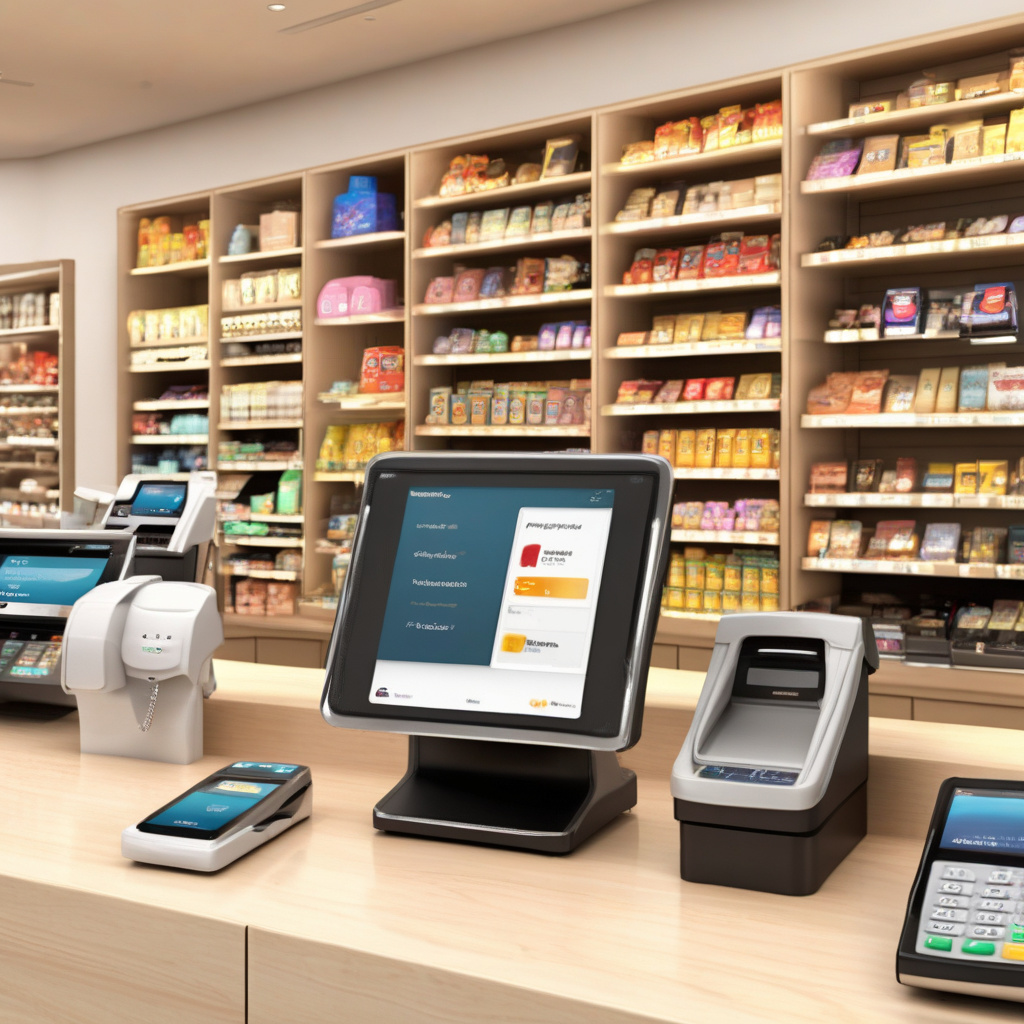The Evolution of Payments in Retail: The Rising Importance of Security
The retail landscape has undergone a significant transformation over the years, with technological advancements playing a crucial role in shaping the way consumers shop and make payments. Gone are the days when cash was king; today, digital payment methods reign supreme. From credit and debit cards to mobile wallets and contactless payments, the options available to consumers are more diverse than ever before.
One of the key drivers of this shift towards digital payments is convenience. Consumers are increasingly turning to electronic forms of payment for their speed and ease of use. With just a tap or swipe, a transaction can be completed in a matter of seconds, eliminating the need to fumble for cash or wait for change. This convenience factor has been further accelerated by the COVID-19 pandemic, which has made contactless payments not just a preference, but a necessity for many consumers concerned about hygiene and safety.
However, as the adoption of digital payment methods continues to rise, so too does the importance of security. With cybercrime on the rise, retailers and consumers alike are becoming more vigilant about protecting their sensitive financial information. Data breaches and payment fraud can have serious consequences for both businesses and individuals, leading to financial loss, reputational damage, and a loss of trust.
To address these growing concerns, retailers are investing in advanced security technologies to safeguard payment transactions and protect customer data. From encryption and tokenization to biometric authentication and fraud detection algorithms, there are a myriad of tools available to help mitigate the risks associated with digital payments. For example, EMV chip technology has become the standard for credit and debit card payments, providing an extra layer of security by generating a unique code for each transaction.
Moreover, regulatory bodies are also stepping up their efforts to enhance payment security. The Payment Card Industry Data Security Standard (PCI DSS) sets forth requirements for securely processing, storing, and transmitting payment card data to prevent breaches. Non-compliance with these standards can result in hefty fines and penalties, incentivizing retailers to prioritize security in their payment processes.
In addition to protecting against external threats, retailers must also be mindful of internal risks. Employee training and awareness programs are essential for preventing insider threats and ensuring that staff members adhere to security best practices. By educating employees about the importance of data security and implementing strict access controls, retailers can reduce the likelihood of internal data breaches.
Ultimately, the evolution of payments in retail is a double-edged sword. While digital payment methods offer unparalleled convenience and efficiency, they also present new challenges in terms of security. As technology continues to advance and consumer expectations evolve, retailers must stay ahead of the curve by implementing robust security measures to protect both their customers and their business.
In conclusion, the future of retail payments lies at the intersection of convenience and security. By embracing innovative technologies and best practices, retailers can create a seamless and secure payment experience that instills trust and loyalty in their customers.
payments, retail, security, digital marketing, e-commerce
